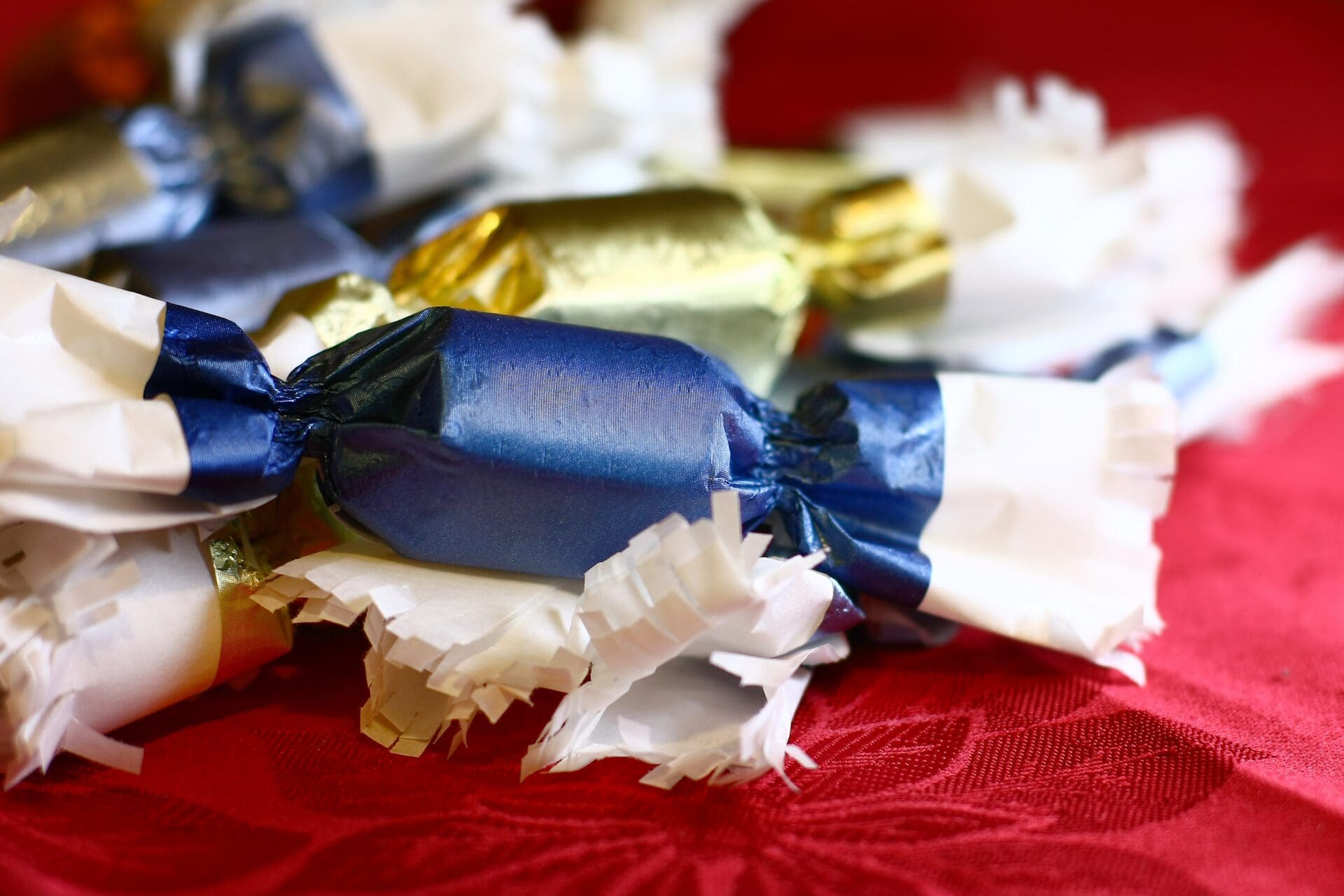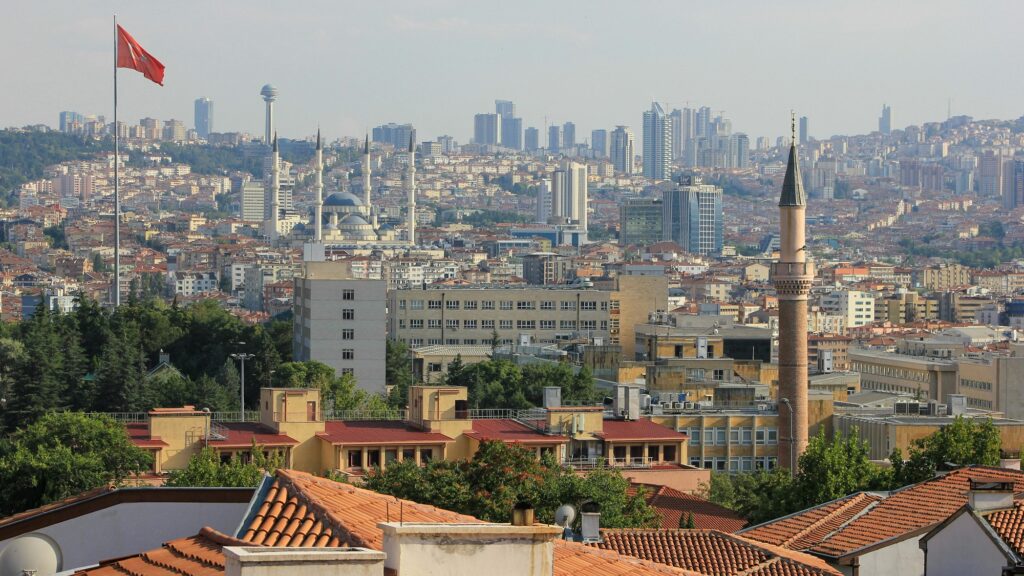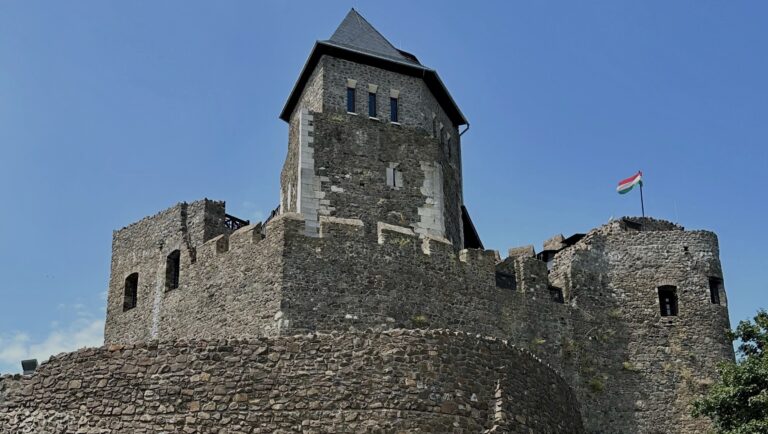Szaloncukor is undoubtedly the most popular Christmas candy in Hungary. It is made of variously flavoured fondant and covered by chocolate, then wrapped into a shiny and colourful foil which can be hung on the Christmas tree. Szaloncukor or (literally) parlour candy, usually filled with jelly or marzipan, is one of the most common and traditional Christmas tree decorations in the country. The candies which are hanged on the Christmas tree with thin hooks are eaten directly from the tree, leaving all empty wrappers on until the end of the festive season. The candy that is of French origin was introduced into Greater Hungary by German settlers in the 19th century, so this special sweet has a 140-year-old tradition in the Carpathian Basin and are an integral part of Hungarian Christmas celebrations. The popularity of the candy is demonstrated by the fact that just decades after its first appearance in Hungary, a recipe book from 1891 already included 17 different types of szaloncukor.
By the late 19th century szaloncukor became a popular and very exclusive Christmas treat in Hungary. The most exquisite szaloncukors were produced in the German-Hungarian pastry chef Friedrich Theodor Adolph Stühmer’s chocolate factory for the prestigious Gerbeaud Cake Shop that was popular among Hungary’s elite (Stühmer szaloncukor is even today among the most exclusive and tasty Christmas candies on the Hungarian market). In those days, when the candy was handmade and therefore its availability was limited,
the consumption of szaloncukor was associated with higher social status.
In wealthy Budapest residences the Christmas trees in halls or parlours were decorated with szaloncukors that were wrapped in shiny, colourful paper. The sweets were ready for the consumption of the household’s guests, which made szaloncukor both a part of the Christmas decoration and a sweet treat for the family’s friends. As the candy was associated with the parlour (Hungarian: szalon) the candies were named szaloncukor (salon, that is parlour + cukor, that is sugar). It was not until the automation of the candy making process—which allowed for mass production—that szaloncukor became a widely available Christmas treat for all strata society to enjoy.
Similarly to the szaloncukor, the custom of erecting a Christmas tree was also brought to Hungary by German immigrants in the 19th century. Christmas trees were mostly decorated with gingerbread, dried fruits, and paper decorations—the idea to put parlour candy on the tree is uniquely Hungarian. The manufacturing of the iconic wrap of the szaloncukor was the last be automated—until after World War II most small shops wrapped the candies by hand. mass production of the candy started in the 1950s, but at the time – due to the post-World War II impoverishment of the country – only a limited number of flavours were available.
Mass production of the candy started in the 1950s, but in those impoverished, post-WWII Hungary with a socialist economy only a limited number of flavours were available. Since the advent of the free market after the system change in 1989 the consumption of szaloncukor has rapidly grown.
In 2018, Hungarians spent around 6 billion HUF (or 15,000,000 EUR) on szaloncukor during the festive season.
On average, a Hungarian family buys one kilogram of szaloncukor for Christmas each year, meaning that is around 3,500 tonnes of are consumed annually. Although the candy is available in neighbouring countries as well, given the huge popularity of the parlour candy in Hungary it is widely known as a Hungarikum, a Hungarian speciality. Today there are over 150 different flavours of szaloncukor offered around Christmas time by all major chocolate factories, up from 70 different flavours in the interwar period.








